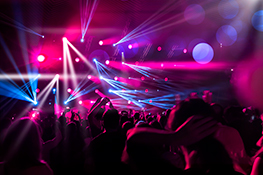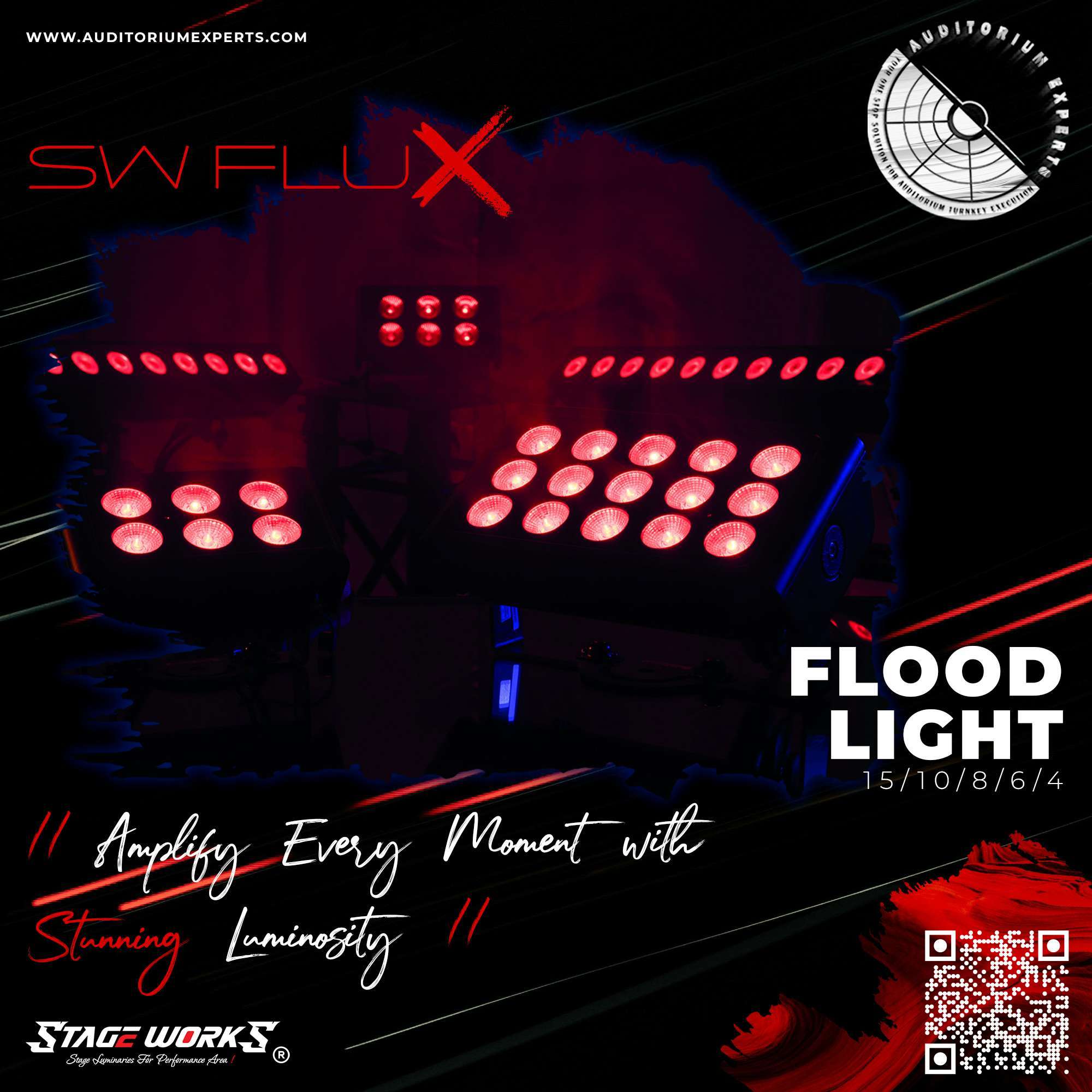The Ultimate Guide to Flood Lights for Stage Lighting
When it comes to creating the perfect ambiance on stage, lighting plays a pivotal role. Among the various lighting options available, flood lights stand out for their versatility and power. In this blog post, we’ll explore the ins and outs of flood lights, their benefits, applications, and how to choose the right ones for your stage lighting needs.
What Are Flood Lights?
Flood lights are powerful, broad-beamed lights designed to illuminate large areas. They are typically used in outdoor settings like sports fields, parking lots, and building facades, but they also have significant applications in stage lighting. Unlike spotlights, which focus a narrow beam of light on a specific area, flood lights disperse light over a wide area, providing even illumination.
Benefits of Using Flood Lights for Stage Lighting
- Wide Coverage: Flood lights are ideal for covering large areas of the stage, ensuring that every corner is well-lit.
- Versatility: These lights can be used for various effects, from creating a wash of color to highlighting specific areas or props.
- Intensity and Power: Flood lights are known for their brightness, making them suitable for both indoor and outdoor stage settings.
- Durability: Built to withstand harsh conditions, flood lights are typically robust and long-lasting.
- Energy Efficiency: Modern LED flood lights consume less power while providing high output, making them an eco-friendly choice.
Applications of Flood Lights in Stage Lighting
- Background Illumination: Flood lights can be used to create an even background light, setting the stage for performers and enhancing the overall visibility.
- Color Wash: With RGB and RGBW (red, green, blue, and white) flood lights, you can create dynamic color washes that add depth and mood to the performance.
- Highlighting Large Props and Scenery: Flood lights are perfect for illuminating large set pieces, ensuring they are visible to the audience.
- Outdoor Performances: For open-air theaters and concerts, flood lights provide the necessary brightness and coverage to keep the stage visible under any conditions.
Choosing the Right Flood Lights for Your Stage
When selecting flood lights for stage lighting, consider the following factors:
- Beam Angle: Flood lights come with different beam angles. A wider beam angle covers a larger area, while a narrower beam angle provides more focused light.
- Color Temperature: The color temperature of the light affects the ambiance. Warmer temperatures (2700K-3000K) create a cozy atmosphere, while cooler temperatures (5000K-6500K) provide a more clinical, daylight-like effect.
- Lumens and Wattage: The brightness of the flood light is measured in lumens. Higher lumens mean more brightness. Ensure the wattage and lumens are suitable for your stage size and lighting requirements.
- Durability and IP Rating: For outdoor stages, choose flood lights with a high IP rating (IP65 or higher) to ensure they are waterproof and dustproof.
- Control Options: Some flood lights come with DMX control capabilities, allowing you to integrate them into your existing lighting system for synchronized effects.
- Energy Efficiency: Opt for LED flood lights to reduce energy consumption and operational costs.
Top Picks for Stage Flood Lights
Here are some top-rated flood lights that are perfect for stage lighting:
- Chauvet DJ SlimPAR Pro H USB: This LED fixture offers a wide color spectrum with built-in dimming and strobe effects, perfect for dynamic stage lighting.
- ADJ Mega Flat Hex Pak: A versatile LED package with multiple color options and DMX control, ideal for both background washes and highlighting.
- Blizzard Lighting SnowBlind: Known for its intense brightness and rugged build, this flood light is great for outdoor performances.
- Elation Professional Colour Chorus 72: With its powerful LED array and seamless color mixing, this light is perfect for large stages.
Tips for Using Flood Lights Effectively
- Placement: Position flood lights strategically to avoid shadows and ensure even coverage across the stage.
- Layering: Use flood lights in combination with spotlights and other lighting fixtures to create depth and texture.
- Color Coordination: Match the color temperature and hues of flood lights with other stage lights to maintain a cohesive look.
- Control: Utilize DMX controllers to synchronize flood lights with music and other stage effects for a captivating performance.
Conclusion
Flood lights are a crucial component of stage lighting, offering wide coverage, versatility, and powerful illumination. By understanding their benefits and how to choose the right ones, you can enhance the visual impact of any performance. Whether you’re lighting an indoor theater or an outdoor concert, flood lights can help you create the perfect ambiance for your audience.



 Auditorium Construction Services
Auditorium Construction Services 